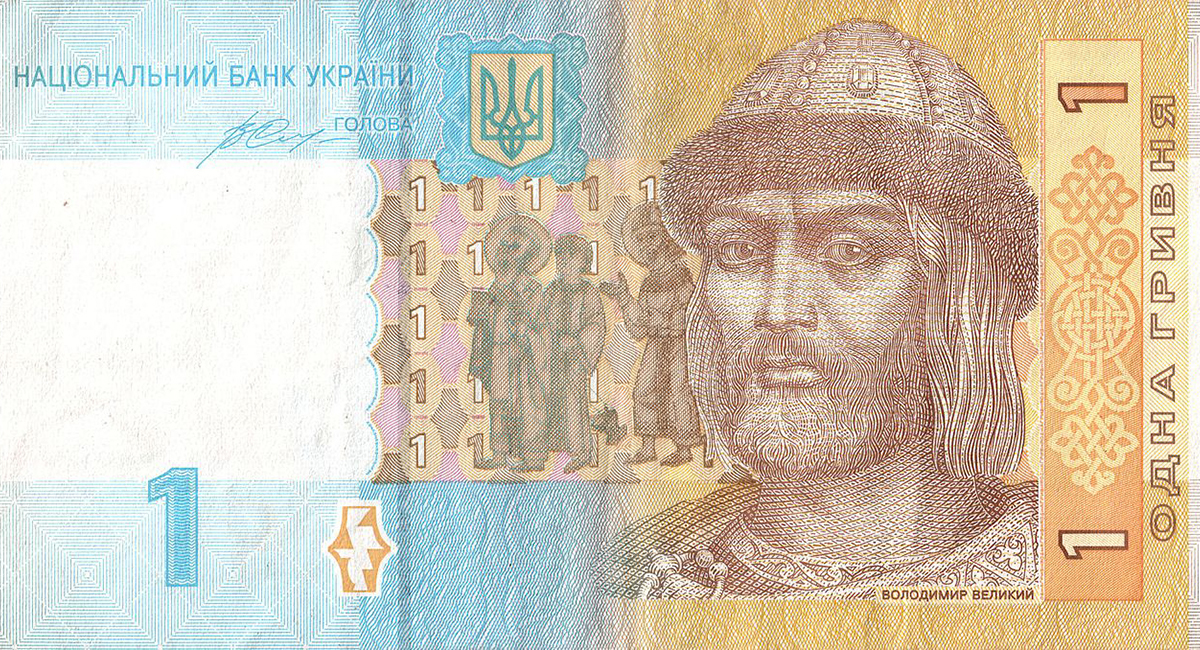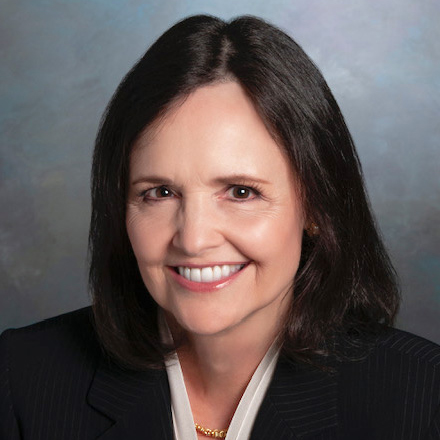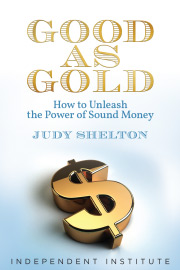As Ukrainians mourn their dead and vow to prosecute their recently deposed leader, the valor of those who died must now inspire others to build a new Ukraine worthy of their struggle and sacrifice. Democracy and a better future must be secured in pragmatic terms. Economic benefits must begin to flow in tandem with Ukraine’s nascent commitment to genuine self-government and responsibility.
Europe and the U.S. are rushing to put together billions of dollars in financial aid for Ukraine, keenly aware that they have been granted a second chance. Last November’s potential trade deal with the European Union was scuttled when Ukraine turned to Russia at the last moment for economic sustenance.
But if efforts to forge a newly generous package get bogged down in trans-Atlantic negotiations and the institutional requirements of the International Monetary Fund, the moment to help Ukraine gain a solid economic footing may be lost. And should its currency, the hryvnia, meanwhile succumb to panic and meltdown, the opening for freedom may be squandered.
The most expedient way to establish a sound-money foundation—in keeping with Ukrainian aspirations for an independent nation capable of succeeding in the global economy—would be to initiate a currency board.
Currency boards helped launch the free-market reforms and budgetary discipline that lifted former Soviet republics Estonia and Lithuania out of the wreckage of central planning in the early 1990s. Slumped production gave way to economic growth and financial stability after Estonia replaced the hyperinflating Soviet ruble with its own currency, the kroon, anchored by the German mark in June 1992. Lithuania opted to fix its currency, the litas, to the U.S. dollar when it adopted a currency board in March 1994; capital inflows amounting to almost 7% of GDP poured into the country that same year.
A currency board for Ukraine could obtain similar results. It would provide a solid platform for effectively utilizing financial assistance and thereby shore up fragile hopes for improved economic prospects.
How would it work? A currency board is an exchange-rate arrangement whereby the monetary authority is required to exchange local currency for the foreign anchor currency at a fixed exchange rate. Absolute, unlimited convertibility must be maintained to ensure that all holders of the nation’s notes and coins can convert them into the anchor currency on demand; this is best achieved by holding reserves equal to 100% of the nation’s monetary base or slightly more.
Under a currency board, there is no central bank to intervene in foreign-exchange markets or manipulate interest rates. “By design, a currency board has no discretionary monetary powers and cannot engage in the fiduciary issue of money,” according to Steve Hanke, professor of economics at John Hopkins University. “Its operations are passive and automatic.”
This turns out to be a great virtue for an emerging-market country seeking to gain the confidence of citizens and establish credibility with outside investors. If Ukraine were to willingly embrace the discipline and accountability inherent in a currency board, it would send a signal of economic self-assurance and underlying faith in the productive potential of its people.
The choice of anchor currency is totally voluntary. Ukraine’s central bank has long targeted the dollar in trying to manage the exchange rate value of the hryvnia, so it might wish to formalize the dollar anchor in its currency board. People are familiar with the dollar as a reference point of value for the hryvnia.
The current problem is that Ukraine’s central bank has used a crawling-peg approach, which can no longer be sustained. Nothing prevents the hryvnia now from sliding into oblivion. The Kiev Post reports that individuals and companies seeking to convert bank deposits into hard currency must wait six working days to do so.
While the EU, the U.S., and the IMF acknowledge that Ukraine’s financial situation is dire, they have not put forward a plan to quickly address the deteriorating currency situation. The joint statement issued on Monday by U.S. Treasury Secretary Jack Lew and IMF Managing Director Christine Lagarde offered the vague promise that “if a fully established government in Ukraine makes a request, then the IMF would provide the best foundation for economic advice and financing.”
Catherine Ashton, the EU’s foreign-affairs chief, is likewise turning to the IMF as the arbiter of aid for Ukraine. She is keenly aware, no doubt, of the difficulties of getting a 28-nation bloc to move quickly to help its neighbor.
But can Ukraine wait? And what happens to the hryvnia in the next 10 days? If an IMF program for comprehensive economic reform is presented to a destabilized Ukraine weeks down the road, disillusionment will have already started to take hold.
And then there is the danger the IMF will do more harm than good. If it imposes its usual formula of budgetary austerity and currency devaluation as a condition for Western loans—plus insists on raising the price of natural gas to Ukrainian homes and industries—it will spur further tension within an already divided population.
A much better strategy for Ukraine would begin with the immediate creation of a currency board anchored by the dollar. Foreign investment would start to contribute directly to the solid growth of a monetary base on which to build a functioning economy.
If Ukraine chooses to switch to the euro at some point in the future, as Estonia did in January 2011 and Lithuania plans to do in 2015, it will be a further boon to full European integration. Indeed, it will testify to the dedication and resolve of Ukrainians to embrace the responsibilities—along with the benefits—of free markets and democratic values.
But first Ukraine must get through this perilous period. Fixing the hryvnia to the dollar is the fastest way to restore Ukrainians’ faith in their money.









